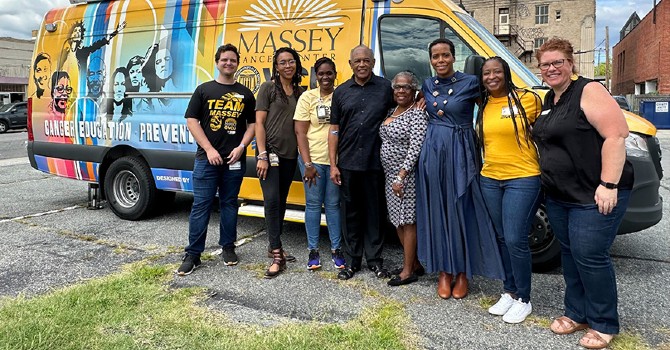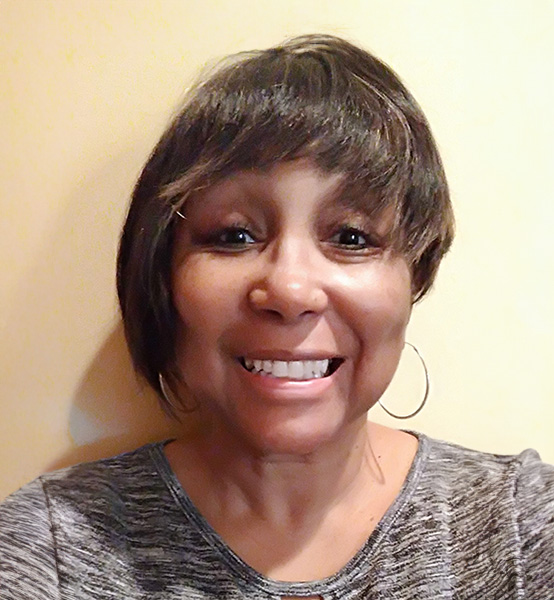Have some pity on the pastor who decides to speak about healthy eating from the pulpit.
She or he needs to navigate amid several potential land mines, including cultural expectations about ideal body weight that instill, in many church members, feelings of shame and guilt.
The celebratory nature of food in congregational life, from the pastries offered in coffee hours to the cholesterol-laden casseroles and fried food at church potlucks, doesn’t make it any easier to preach about balanced diets.
Evidence that overeating -- which some call the last acceptable vice -- is a problem in houses of worship is further reflected in the lives of many religious leaders.
The Duke Clergy Health Initiative found in surveys of United Methodist pastors in North Carolina that the proportion of clergy who were obese was significantly higher than that of the state’s general population.
“It’s a difficult issue to tackle,” said Shanna Granstra, a researcher from Baylor University, after presenting a study on religion and obesity at the 2011 annual meeting of the Society for the Scientific Study of Religion. “Food is almost like sex, especially considering how obsessed our culture is with food.”
If the challenges are abundant, so too is the evidence that religious leaders need not sit out the national effort to address health issues related to obesity. Congregations can have a positive influence on healthy diets, researchers say.
For example, women of Korean descent living in California were less likely to be overweight or obese if they heard frequent messages from pastoral leaders and other congregants encouraging a healthy diet and exercise, according to the 2010 study “ Can Religion Help Prevent Obesity?” published in the Journal for the Scientific Study of Religion.
Resources on health:
- Body & Soul, American Cancer Society program for African-American churches
- Faith, Activity, and Nutrition, resources for AME church members
- Let’s Move, U.S. government site to combat childhood obesity
- Live Well, ELCA site for healthy living including steps congregations can take
- National Episcopal Health Ministries, health-oriented resources including guidelines for healthy meetings
- Recipes for the Heart and Soul, NC Council of Churches guide to cooking healthfully in large quantities
- Winning the Food Fight by Steve Willis
In a separate study, published in the journal in 2006, Purdue University researchers found that “the more women attend religious services, the lower their risk for becoming obese.”
Like other research showing that higher rates of TV watching are generally related to obesity, this study, using data from the Americans’ Changing Lives survey, revealed that women who met their spiritual needs by being “plugged in” to radio and television ministries -- instead of congregations -- tended to have higher rates of obesity.
But encouraging obese women to come to church is not easy in a culture that can make them feel uncomfortable in public settings, Granstra said.
In her research using data from the Portraits of American Life Study, she found that obese women are significantly more likely than other women to affiliate with a religious congregation, but far less likely to attend services.
Their strong desire to be part of a religious community and draw comfort from their faith in a judgmental world is often not enough to move them to seek support and community in weekly services, Granstra said.
So what can religious leaders do?
The Clergy Health Initiative seeks to help answer this question for clergy with a multiyear health and wellness program and behavioral health study of United Methodist pastors in North Carolina called Spirited Life. The program coaches pastors to recognize the linkages in their physical, mental and spiritual health.
For congregations, researchers suggest such things as offering workout classes and nutrition seminars to all members, so that no one is singled out, and providing more fresh fruits and vegetables at church meals.
Churches also can make sure they are welcoming in ways that meet both emotional and physical needs, Granstra said in a 2010 interview. Tightly spaced, older wooden pews and small, insubstantial plastic chairs for Bible study can be a source of embarrassment and discomfort for severely overweight people.
In a society that often stigmatizes overweight individuals, perhaps the best advice for congregations comes from the title of the paper on religion and obesity Granstra presented at the 2010 meeting of religion scholars: “Judge Not Lest Ye Be Judged.”








